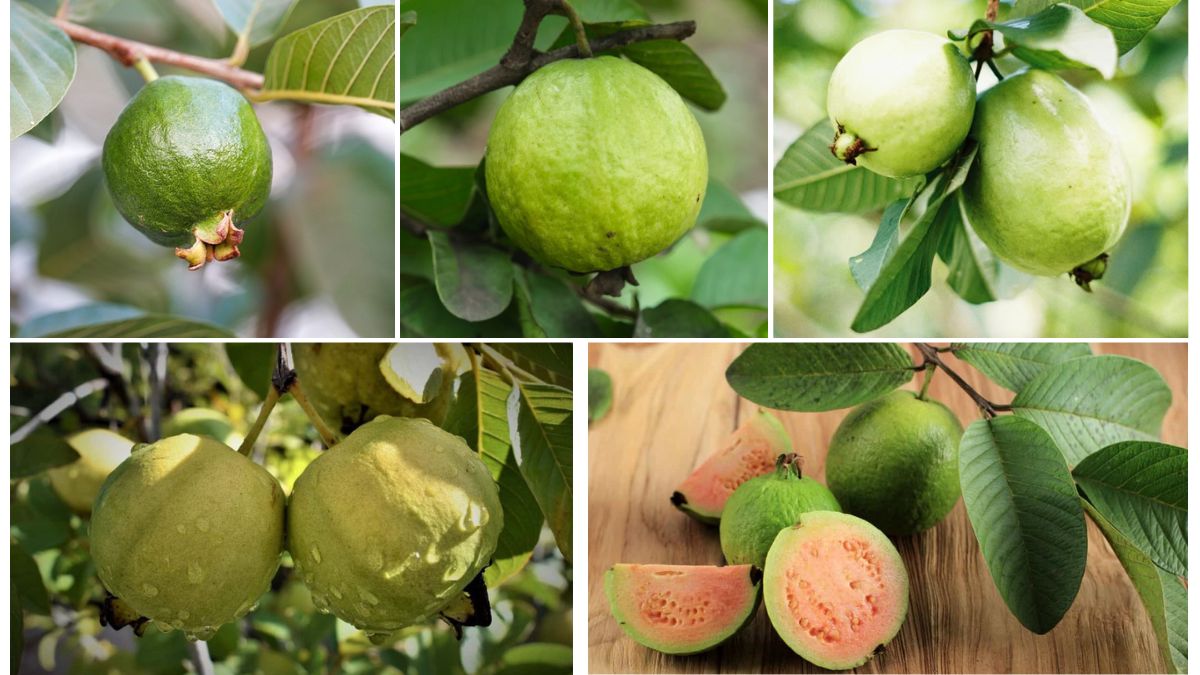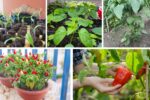Guava, a tropical fruit once overlooked in the global fruit industry, is undergoing a silent but strong transformation across Asia. Known for its unique flavor, medicinal properties, and adaptability, guava has become a focal point of innovation in agriculture, particularly in Asian countries like India, Thailand, Vietnam, the Philippines, and China. As consumer awareness of healthy food options grows and as climate resilience becomes a priority, guava farming is experiencing a revolution—from traditional practices to technology-driven, high-yield systems.
This article explores how guava farming is evolving in Asia, driven by innovation, market demand, and sustainability.
Historical Significance of Guava in Asia
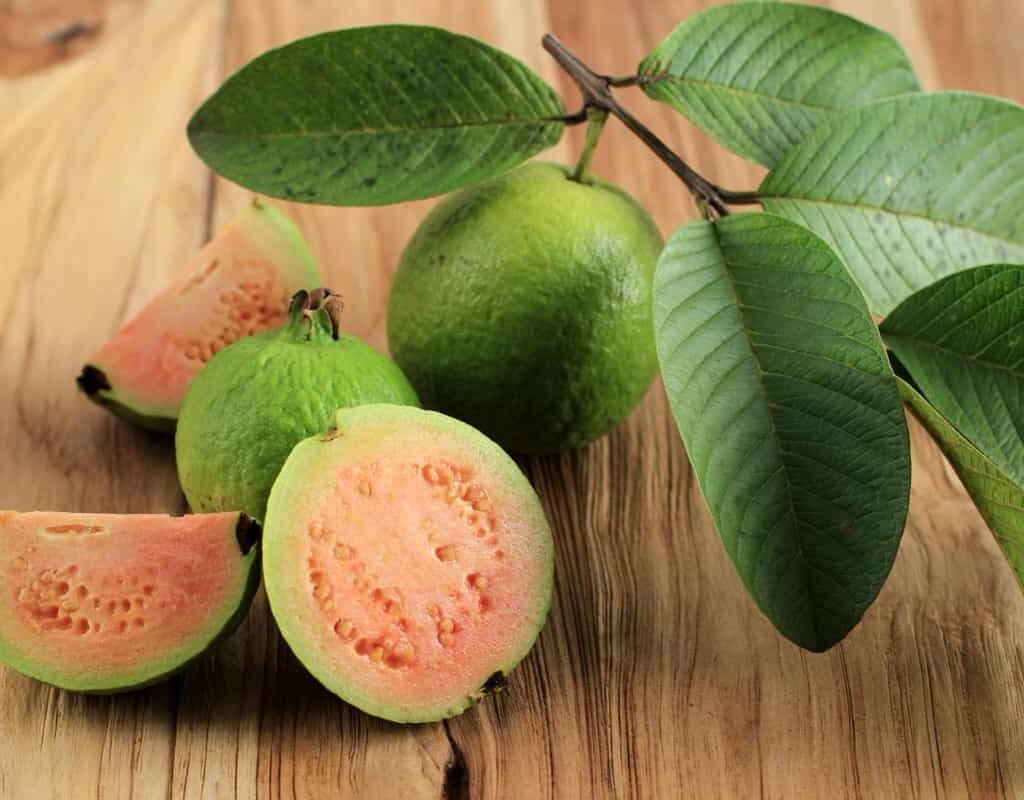
Guava (Psidium guajava) is native to tropical regions of the Americas but has been widely cultivated in Asia for centuries. Introduced to the Indian subcontinent by Portuguese traders in the 17th century, the fruit quickly found favor in local markets and cuisines. It adapted well to tropical and subtropical climates and spread across the region.
Historically, guava was grown as a backyard fruit or in small-scale orchards, primarily for local consumption. It was a low-input crop, often grown without fertilizers or irrigation. However, with the rise of commercial agriculture and global trade, guava has emerged as a promising fruit for both domestic markets and exports.
Guava Farming Hotspots in Asia
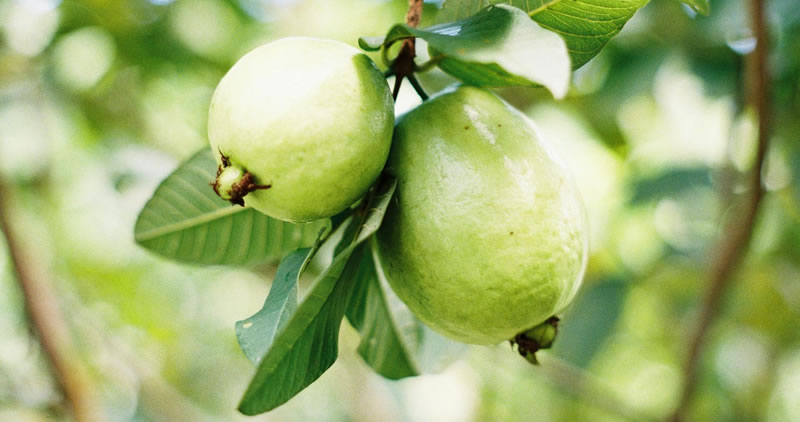
1. India – Leading the Guava Revolution
India is the largest producer of guava in the world, contributing over 40% of global production. Major producing states include Uttar Pradesh, Bihar, Maharashtra, Tamil Nadu, and Andhra Pradesh.
The Allahabad Safeda and Lalit varieties are widely cultivated and known for their superior quality. India has seen a surge in guava orchard expansions due to:
- Higher market demand
- Low input costs
- Government support
- Farmer awareness programs
2. Thailand – A Hub for Export-Grade Guava
Thailand has established itself as a major exporter of guava, particularly seedless and crispy varieties. Thai guavas are highly sought after in international markets due to their uniform size, sweet taste, and long shelf life. The government has invested in research and farmer training to improve cultivation techniques.
3. Vietnam and the Philippines – Growing Potential
Both Vietnam and the Philippines are witnessing increased guava farming, primarily for local consumption and processing into jams, juices, and traditional medicines. In the Philippines, guava leaves are widely used in herbal medicine.
4. China – Scaling Production
Southern provinces like Guangdong and Guangxi are expanding guava farming due to rising domestic demand. China is also investing in greenhouse cultivation and controlled environment agriculture for guava.
Innovations Transforming Guava Cultivation
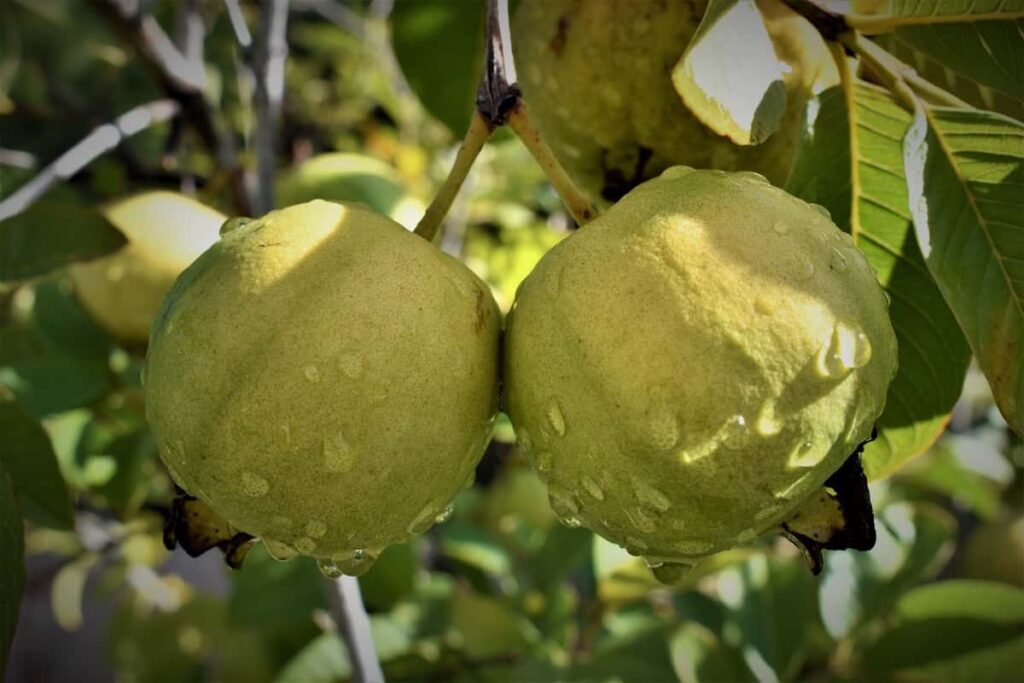
1. High-Density Planting Systems (HDP)
Traditionally, guava trees were spaced far apart and grown naturally, leading to uneven yields. However, high-density planting involves growing guava trees closer together in structured rows, allowing for:
- Better land utilization
- Easier pruning and harvesting
- Higher fruit yield per hectare
In India and Thailand, HDP models are being adopted with tree spacing as close as 3×3 meters, allowing for over 1,000 trees per hectare.
2. Use of Grafted and Tissue-Cultured Plants
Modern guava orchards now prefer grafted or tissue-cultured plants over seed-grown ones. Benefits include:
- Early fruiting (within 2 years)
- Uniform growth
- Disease resistance
- Improved fruit quality
Tissue culture labs in India and Thailand are supplying high-quality guava saplings, reducing reliance on traditional nurseries.
3. Integrated Nutrient and Pest Management
Guava is prone to pests such as fruit flies, mealy bugs, and borers. Farmers are shifting from chemical-heavy practices to Integrated Pest Management (IPM) and organic methods, using:
- Neem oil sprays
- Pheromone traps
- Bio-pesticides
- Intercropping with pest-repellent plants like marigold
Moreover, drip irrigation systems combined with fertigation (applying fertilizers through irrigation) are improving nutrient delivery and water efficiency.
4. Climate-Resilient Varieties
With climate change affecting crop cycles, countries are developing drought- and flood-resistant guava varieties. In India, varieties like Shweta and Lalit show better tolerance to variable climates and are now preferred by farmers.
Guava Processing and Value Addition
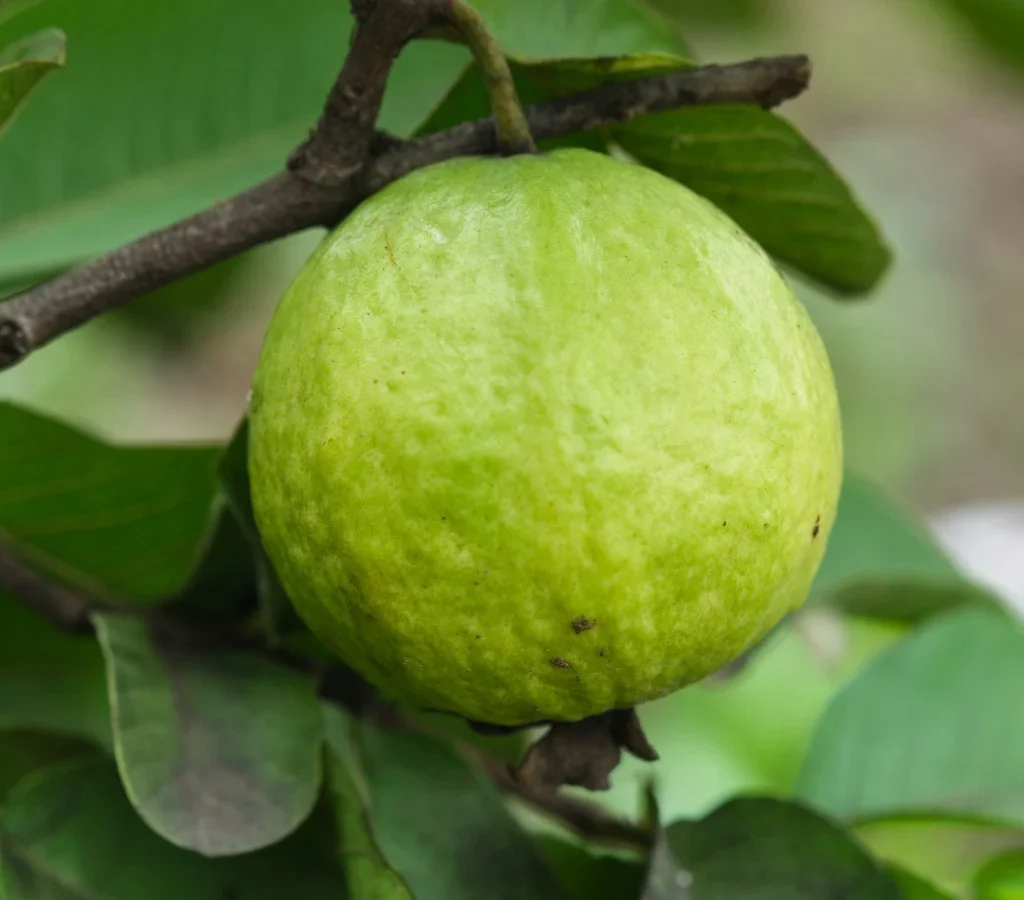
Traditionally sold as fresh fruit in local markets, guava is now being processed into:
- Juices and smoothies
- Jams and jellies
- Guava pulp and puree
- Dried guava slices and chips
- Medicinal products (e.g., guava leaf extracts)
This trend is transforming guava into a value-added commodity. Processing reduces post-harvest losses—especially important since guava is highly perishable—and extends shelf life.
Countries like India, Thailand, and the Philippines have seen a rise in agro-processing units, many set up under government schemes or public-private partnerships.
The Role of Government and Research Institutions
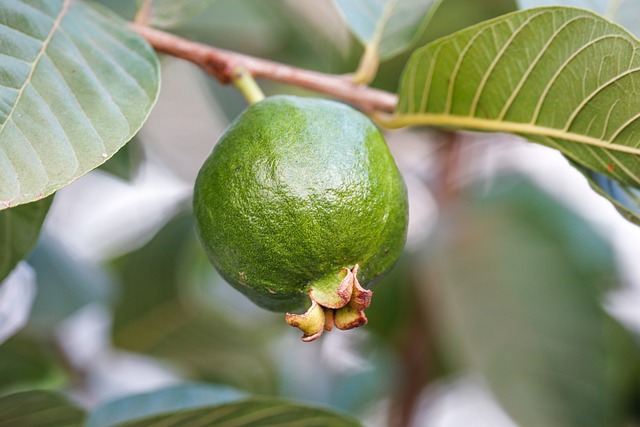
Governments across Asia are playing a crucial role in transforming guava farming through:
- Subsidies for drip irrigation, planting materials, and orchard establishment
- Research centers developing improved guava varieties
- Training programs on pruning, grafting, IPM, and organic certification
- Export support, especially in Thailand and India, for processed guava products
For instance, India’s ICAR (Indian Council of Agricultural Research) has launched guava-focused research programs to address disease resistance, post-harvest management, and high-yield practices.
Export Trends and Global Market Integration
Guava’s global popularity is growing, especially among health-conscious consumers. Rich in Vitamin C, fiber, and antioxidants, guava is now classified as a functional food with medicinal benefits.
Export Destinations:
- Middle East: GCC countries import large quantities of fresh and processed guava from India and Thailand.
- Europe: A growing demand for exotic tropical fruits is pushing exports of Thai seedless guavas and Indian white-flesh varieties.
- USA and Canada: Ethnic supermarkets stock guava puree, frozen slices, and drinks targeting South Asian and Latino communities.
Thailand and India have both upgraded their phytosanitary standards and cold chain infrastructure to comply with international regulations and reduce post-harvest spoilage.
Sustainability and Organic Guava Farming
Organic farming is becoming a key trend in Asia’s guava industry. Farmers in regions like Maharashtra (India) and Chiang Mai (Thailand) are shifting to:
- Organic manures
- Crop rotation
- Biological pest control
- Certification under organic farming standards
This has helped smallholder farmers tap into premium markets. Organic guava fetches higher prices both locally and abroad.
Challenges to Address
Despite positive trends, guava farming in Asia still faces challenges:
1. Post-Harvest Losses
Guava spoils quickly without refrigeration. Many farmers lack access to cold storage or quick transport facilities, especially in rural areas.
2. Lack of Market Linkages
Middlemen often exploit small farmers. Direct farm-to-market linkages and cooperative models are needed.
3. Low Farmer Awareness
Not all growers are aware of modern cultivation practices. More outreach, training, and demonstration farms are needed.
4. Climate Variability
Unpredictable rainfall, early frost, and rising temperatures affect fruit setting and disease prevalence.
The Road Ahead
Guava farming in Asia is no longer stuck in traditional molds. It’s evolving into a dynamic, tech-integrated, value-driven sector with the potential to empower millions of smallholder farmers.
Future growth will be driven by:
- Precision agriculture technologies
- Mobile-based farmer advisory services
- Export infrastructure upgrades
- Research into climate-adapted, high-yield guava strains
As guava transitions from being a “common man’s fruit” to a global superfruit, Asia is poised to lead this transformation.
Conclusion
The evolution of guava farming in Asia exemplifies the power of innovation in agriculture. Through a combination of scientific research, government policy, farmer education, and market expansion, guava is moving from village orchards to global supermarket shelves. It stands as a symbol of how traditional crops can thrive in the modern world when nurtured with the right blend of tradition and technology.
In the coming years, guava may not just be Asia’s favorite backyard fruit—it could be one of its most successful agricultural exports.
